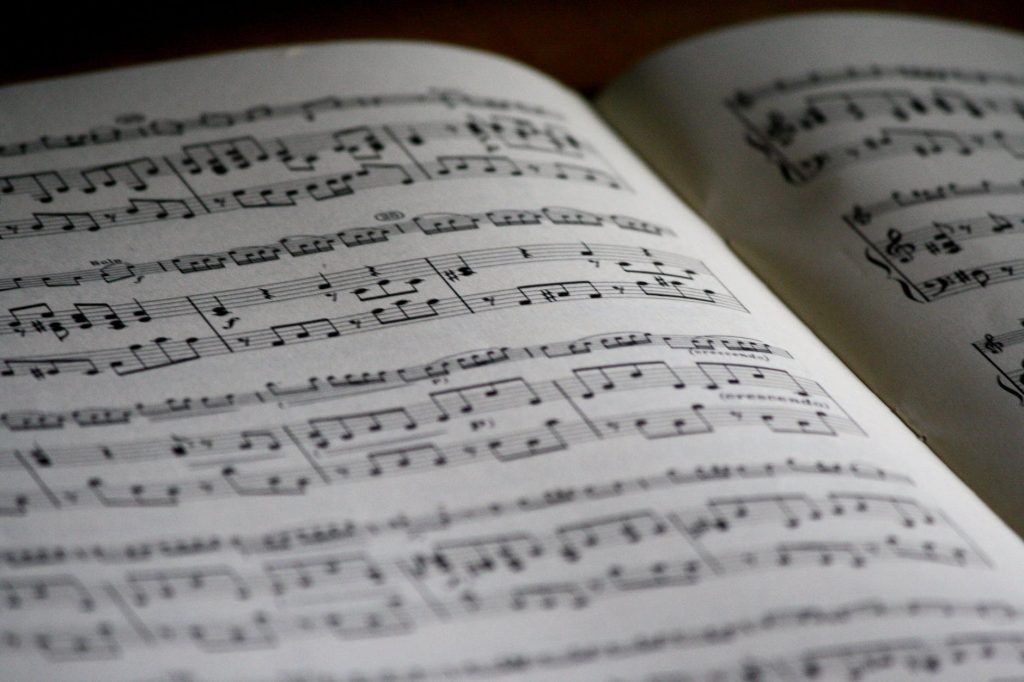I have recently had several conversations with students about exams, whether they are necessary and what is their purpose, and what is their effect on music and musicianship. So how do we perform a piece?
Exams are widely used and are undeniably a good measure of where a student sits and can be a useful tool in assessing progress. However, there are other issues regarding exams which are quite interesting.
This discussion also feeds into a more general discussion about how to perform music. Talking to some brass players, experiences are interesting.
How is music supposed to be performed?
So what is music and how do we approach it?
Music is, at its core, a series of pitches, played either melodically and/or harmonically to produce a pleasant and sonorous sound. It is notated by a universally recognised system, which means that anyone can pick a piece of music up and play it. Nowadays there is a plethora of popular arrangements people like to play, and these are often transcribed by an editor or arranger to try and reflect what the composer intended, or to mimic as closely as possible the original performance. And there lies the problem or point of discussion.

Are all performances the same?
Claude Debussy once said that only ten percent of music is ever written down, and to understand what he means is the key to working out performance styles. He also said that the rest is down to the performer or the interpretation of the piece by a conductor or a group of players. What he is really saying is that the notes on the page should only be a guide as to what the piece should sound like, but we are not only talking about technical matters. Accuracy is of course, important and in this way the composers wishes should be respected, however if that is all there is to performing why don’t we just create an mp3 file and play that instead? What do we add to the piece?
Imagine listening to a lyrical piece of music, a song is a good example, and that it is played perfectly accurately, in tune and in time but without any expression. Does it sound how you expect it to sound? Probably not, now listen to the original recording and try and work out what the difference is. Firstly, it may well be played with some flexibility of rhythm and articulation, the singer may well be expressing the words in the music and moving tempo and generally adding a more expressive tone to the piece. A good instrumentalist will try to emulate the way the piece is played as much as possible but generally, should not play the music exactly as it is written, but adding their own interpretation and expression in the piece. It should also be noted that songs and music printed in popular books are not always the original notes. Quite often they are not written down in the first instance. They are transcribed by an editor who often tries to write it down as closely as possible to the original recording. This is never exact and again, if this is played strictly as per the music it will not sound right.

Competitions
Exams and competitions, including brass band contests are a point of contention. There are, to be fair, some really good examiners and adjudicators who are looking for a good musical performance rather than just technical accuracy, after all, that is what music is all about. But there are some who just want to hear what is on the score and regardless of the quality of the overall performance aren’t prepared to accept the odd error or mispitch. In this instance it is difficult not to go back to wondering why mp3 files are not submitted.
So what is a good performance?
The first thing to say is that perfomance is not only playing the right notes, with the correct rhythm, and in tune, important as that may be. It is the addition of the performers feelings and expression of the music that makes it sound good. This may be different tempos, rubato, and sometimes playing off the beat, particularly in Jazz and big band music. Incidentally, one of my big issues is the way some brass band arrangers notate swing music. It has changed a little in recent years but older music tends to be written as dotted quaver semiquaver rather than the softer more triplety type that is normally written as two quavers in jazz and players know how to swing the pieces. This is all well and good but it does give the wrong impression of how swing music should be played, leading to an impression that brass band players don’t know how to play swing music. That has changed but it illustrates how music shouldn’t always be taken exactly as it is written down. Music is about communication and a sense that a performer is putting their own interpretation of the music, to an audience. It is not clear how AI will affect music in the future but I doubt that it will replace a human performance, but if it does it will be a very sad day!
Thoughts are welcome in the comments section.


